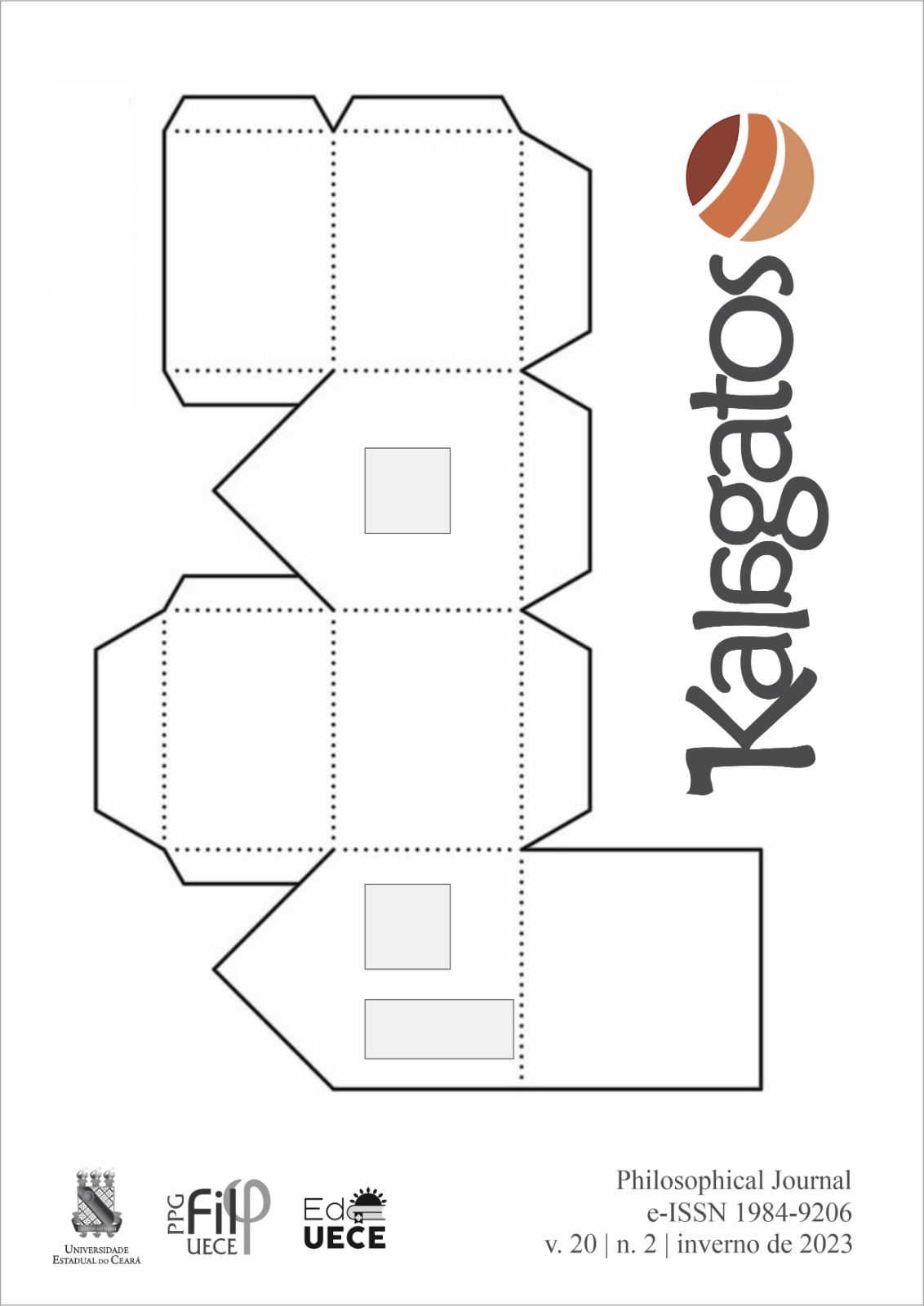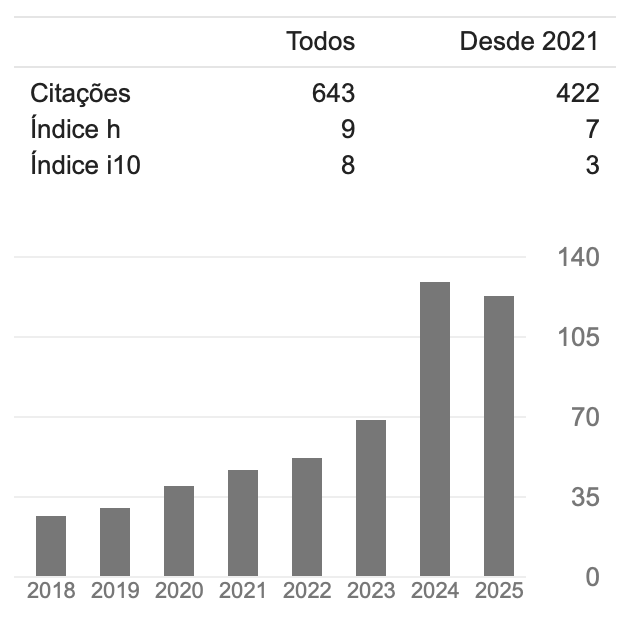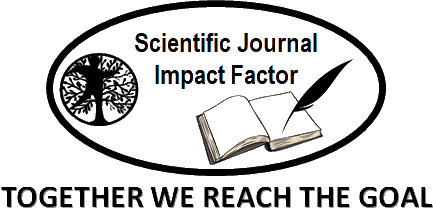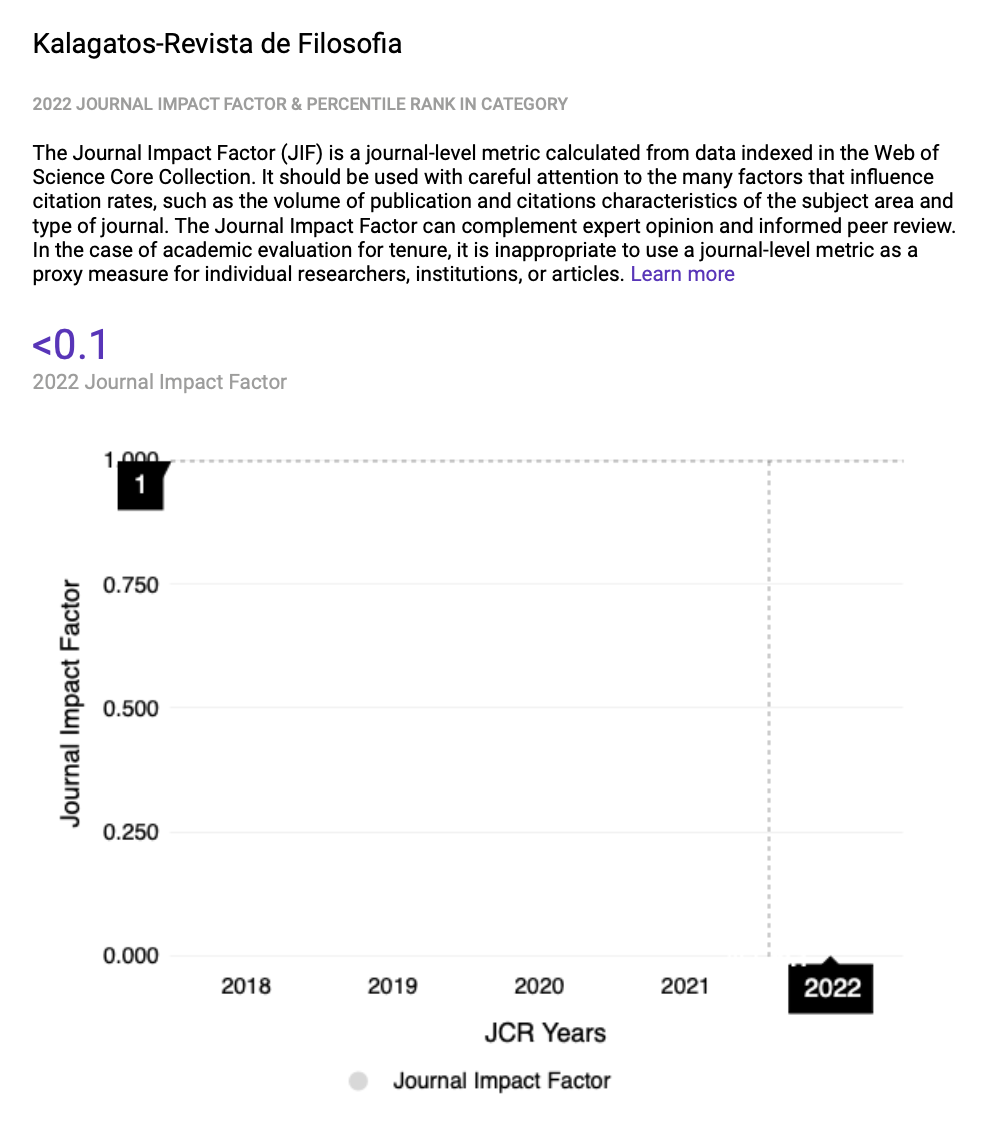Philosophical Thoughts in Brahmanism and its Impacts on Cham People in Vietnam
Palavras-chave:
Philosophical thought, Brahmanism, India, Cham peopleResumo
Philosophical thought in Brahmanism has had a great impact on the life, religion and culture of the Indian region in general and the Cham people in Vietnam in particular. This thought introduces concepts such as Brahman, reincarnation, connection and self-awareness, providing a holistic view of the world and one's place in it. Brahmanism has shaped religions such as Hinduism and influenced the development of Buddhism and Islam in the region. Although it has undergone change and challenge, this ideology is still present in the religions and cultures of the region, with deep cultural and philosophical values. In Vietnam, the Cham people are one of 54 ethnic groups living in the same territory. The Cham people have received Brahmanism and modified it to suit the living conditions of people. The process of introducing Brahmanism, along with concepts such as Brahman, reincarnation and the interconnection of all things, Brahmanism has created a profound way of looking at the world and life. This ideology has influenced the culture, religion and spiritual life of the Cham people. However, with the exposure and impact of other religions such as Buddhism and Islam, Brahmanism thought has become less popular in the Cham community. In this article, from the perspective of philosophy, the author will clarify the ideas of philosophy in Brahmanism and its impact on the Cham people in Vietnam.
Downloads
Referências
Adhikari, S. R. (2020). Manu Smriti as the protection of female in Hindu philosophy: in the dimension of structural-functionalism. Philosophy, 10(11), 706-712. Doi: 10.17265/2159-5313/2020.11.005
Boe‐Hansen, G. B., Rêgo, J. P. A., Satake, N., Venus, B., Sadowski, P., Nouwens, A., ... & McGowan, M. (2020). Effects of increased scrotal temperature on semen quality and seminal plasma proteins in Brahman bulls. Molecular Reproduction and Development, 87(5), 574-597.
Bronkhorst, J. (2020). The rise of classical Brahmanism. In Routledge Handbook of South Asian Religions (pp. 49-56). Routledge.
Chaudhuri, H. (1954). The concept of Brahman in Hindu philosophy. Philosophy East and West, 4(1), 47-66. Doi.org/10.2307/1396951.
Chung, D. (2021). The Religious Evolution Theory: The Parallel Religious Evolutions in the Middle East and India. Open Journal of Social Sciences, 9(1), 334-351. Doi: 10.4236/jss.2021.91025
Duerlinger, J., Mehta, B., & Singh, S. (2021). Śāntarakṣita and Kamalaśīla on the Advaita Vedanta Theory of a Self. The Indian International Journal of Buddhist Studies, 21(1), 3.
Epps, D., & Sitaraman, G. (2019). How to Save the Supreme Court. The Yale Law Journal, 129(1), 148-206.
Epstein, L., Knight, J., & Martin, A. D. (2001). The Supreme Court as a strategic national policymaker. EMoRY Lj, 50, 583.
Façanha, D. A. E., Ferreira, J. B., Leite, J. H. G. M., de Sousa, J. E. R., Guilhermino, M. M., Costa, W. P., ... & Silveira, R. M. F. (2019). The dynamic adaptation of Brazilian Brahman bulls. Journal of thermal biology, 81, 128-136.
Ferrero, M. (2022). Death and Rebirth: Polytheism Reformed. In The Political Economy of Indo-European Polytheism: How to Deal with Too Many Gods (pp. 91-113). Cham: Springer International Publishing.
Jain, P. (2019). Climate engineering from hindu‐jain perspectives. Zygon®, 54(4), 826-836. Doi.org/10.1111/zygo.12568
Juturi, R. K. R. (2021). Gaudapadacharya “asparsa yoga” for attaining “no mind”: A historical method of advaita vedanta for teaching “human liberation” in a profound way. International Journal of Yoga-Philosophy, Psychology and Parapsychology, 9(2), 67. Doi: 10.4103/2347-5633.329692
Kakkar, S. (2019). The goblet and two faces: understanding transcendence and paradox from the perspective of advaita vedanta. The Learning Organization, 26(4), 412-424. doi.org/10.1108/TLO-04-2018-0052
Kang, Z. O. (2019). Samsara. International Digital Design Invitation Exhibition, 42-42.
Kumar, D. (2020). Brahmanism: A Religious Cult in Ancient India. International Journal of Humanities and Education Development (IJHED), 2(3), 229-232.
Mallampalli, C. (2021). British Missions and Indian Nationalism, 1880–1908: Imitation and Autonomy in Calcutta and Madras. In Critical Readings in the History of Christian Mission (pp. 804-827). Brill.
Mitra, K. (2014). Towards serving the mankind: The role of the Ramakrishna mission and human development in India.
Nedu, O. C. (2019). Jocul pulsatoriu al realității. Ocultare și redescoperire de Sine în Mandukya și Kaivalya-upanisad. Danubius, 37(1), 331-380.
Paudyal, G. R. (2020). Lord Krishna as Brahman in the Bhagavadgita. The Outlook: Journal of English Studies, 11, 57-66. doi.org/10.3126/ojes.v11i0.36360
Putu, I. P. E. P. (2023). Perbandingan Advaita Vedanta, Dvaita, dan Vishishtadvaita dalam Filsafat Agama Hindu. Global Education Journal, 1(02), 62-71.
Ramsden, S. C. (2022). A Brief Overview Comparing the Core Theories, Cultivation Practices and the Interrelationships of Buddhism, Daoism, Brahmanism and Yoga. Asian Culture and History, 14(1), 1-16. Doi:10.5539/ach.v14n1p16
Randel, R. D. (2021). Unique reproductive traits of Brahman and Brahman based cows. In Factors affecting calf crop (pp. 23-44). CRC Press.
Samsara, L. (2021). Manajemen Kinerja dalam Kerangka Flexible Working Arrangement: Pengalaman dari pelaksanaan WFH, Cascading Target Kinerja Harian. Jejaring Administrasi Publik, 13(1), 1-17.
Savitri, R., Ahad, M. P. Y., Cahyarini, B. R., Samsara, L., & Puspasari, H. M. (2023). Knowledge, Perceptions, and Attitudes of Central Government Civil Servants towards the National Capital (IKN) Relocation. Jurnal Borneo Administrator, 19(1), 85-102.
Surpi, N. K., Widiana, I. G. P. G., & Wika, I. M. (2021). Indian Logic (Ānvīkṣikī) As The Light Of Knowledge And Its Relevance To The Learning Of Hindu Philosophy Nowadays. Vidyottama Sanatana: International Journal of Hindu Science and Religious Studies, 5(1), 72-85. Doi.org/10.25078/ijhsrs.v5i1.2113
Untara, I. M. G. S. (2020). Strategi Pengelolaan Prodi Filsafat Hindu Stahn Mpu Kuturan Singaraja Dalam Meningkatkan Mutu Pembelajaran Daring Pasca Covid 19. PINTU: Jurnal Penjaminan Mutu, 1(2).
Weiqun, Y. (2021). A Comparative Study on the Buddhist and Brahmanic Conceptions of the Relationship between the Secular World and the Emancipation Realm. Contemporary Social Sciences.
Woodburne, A. S. (1925). The Idea of God in Hinduism. The Journal of Religion, 5(1), 52-66.
Xu, J. (2019). Classification and Characteristic Analysis of Hindu Temple in Southeast Asia.
Xu, R. (2020, September). Analysis of the concept of self between Brahmanism and Buddhism. In 5th International Conference on Contemporary Education, Social Sciences and Humanities-Philosophy of Being Human as the Core of Interdisciplinary Research (ICCESSH 2020) (pp. 103-106). Atlantis Press. Doi 10.2991/assehr.k.200901.021
Downloads
Publicado
Como Citar
Edição
Seção
Licença
Copyright (c) 2023 Trang Trinh

Este trabalho está licenciado sob uma licença Creative Commons Attribution 4.0 International License.



















